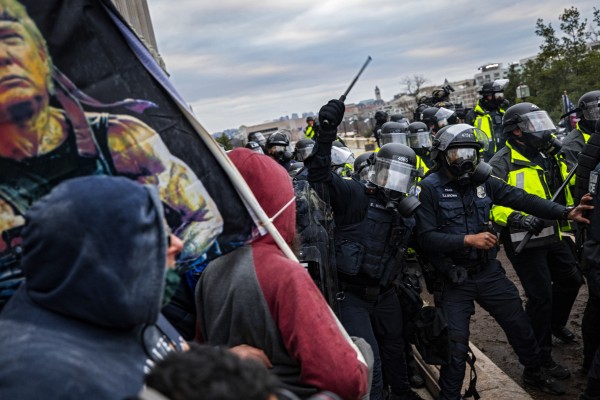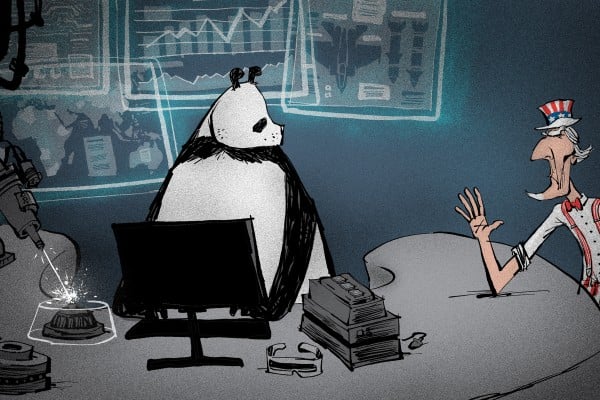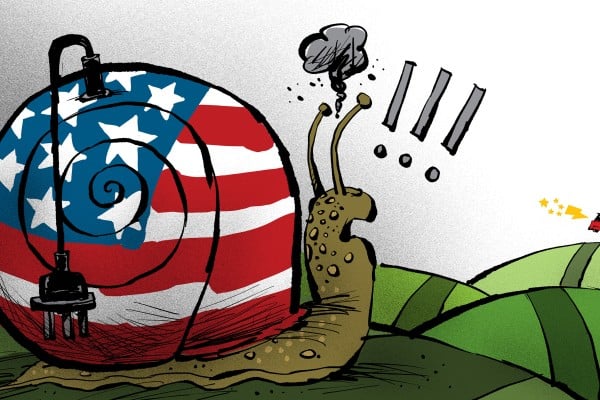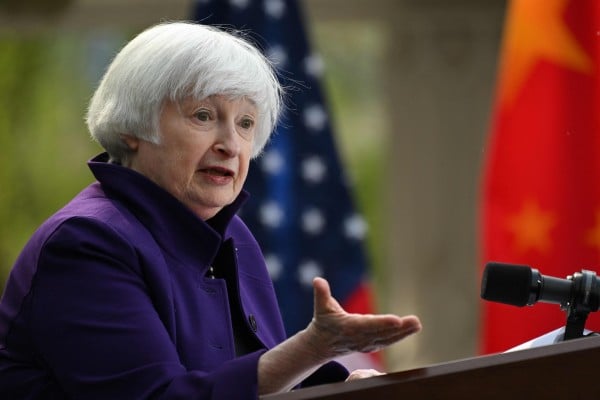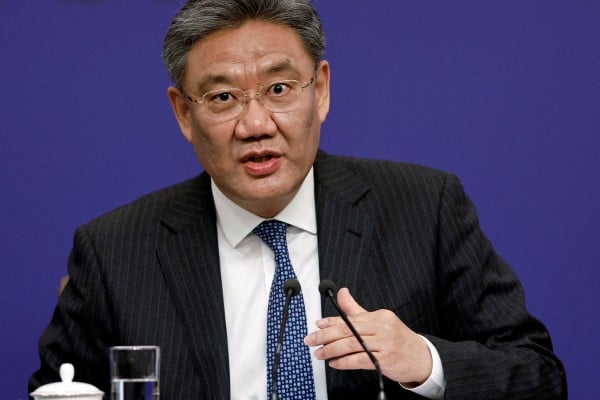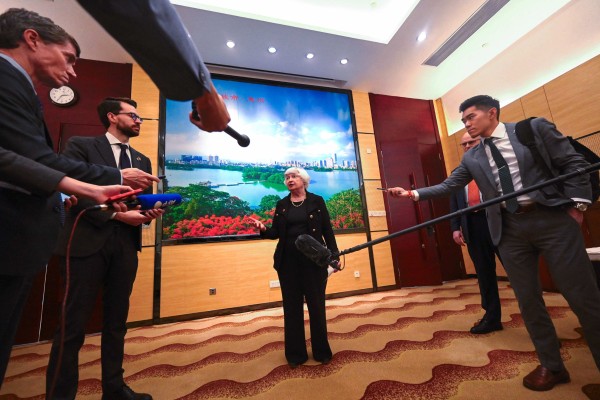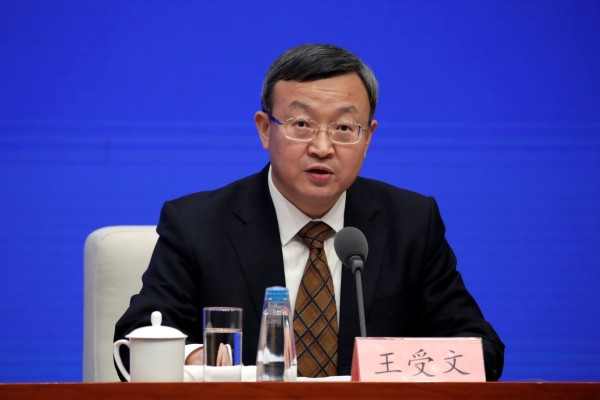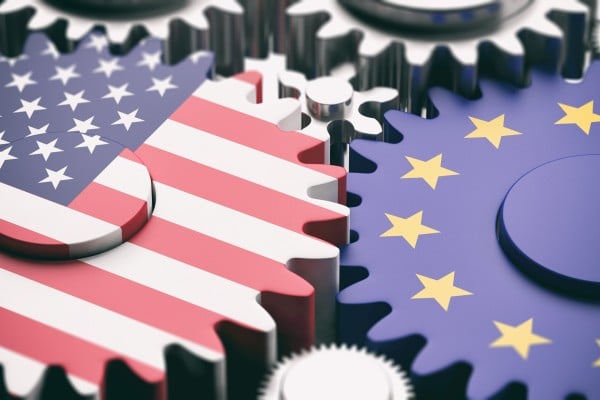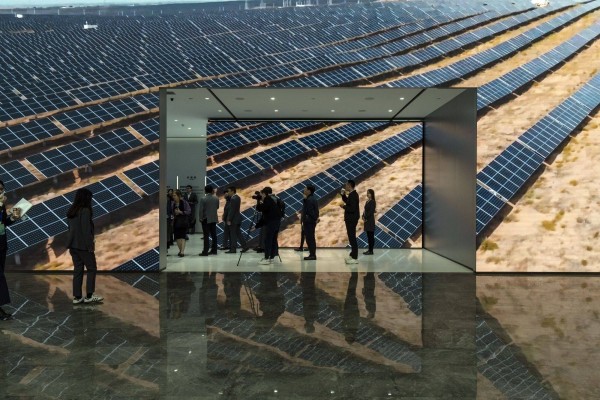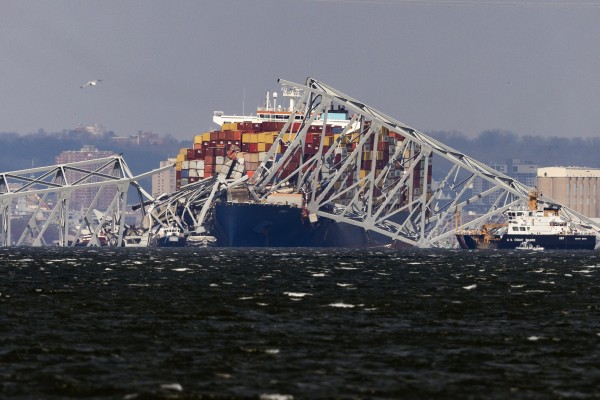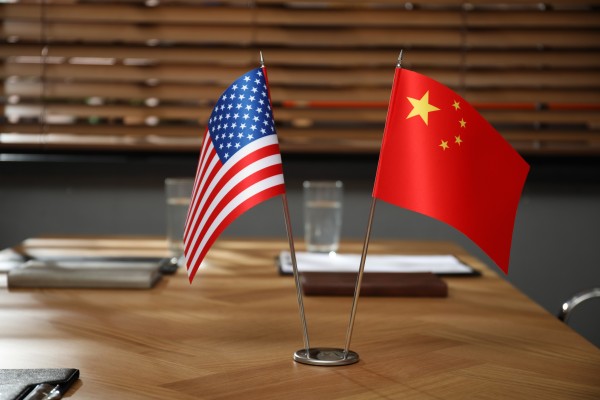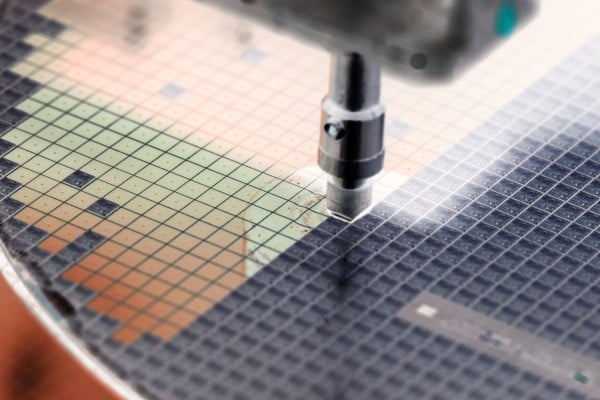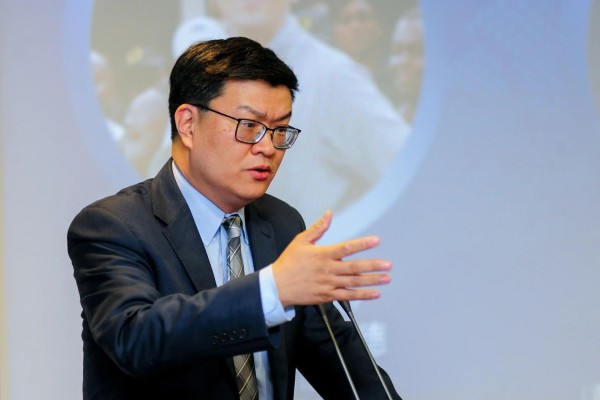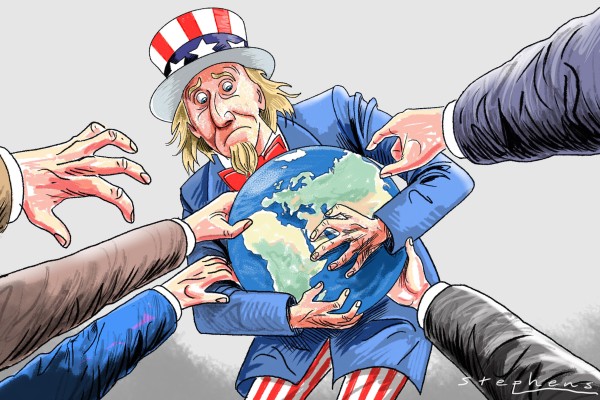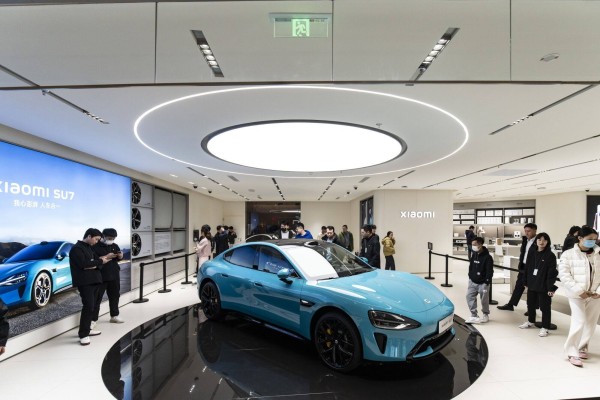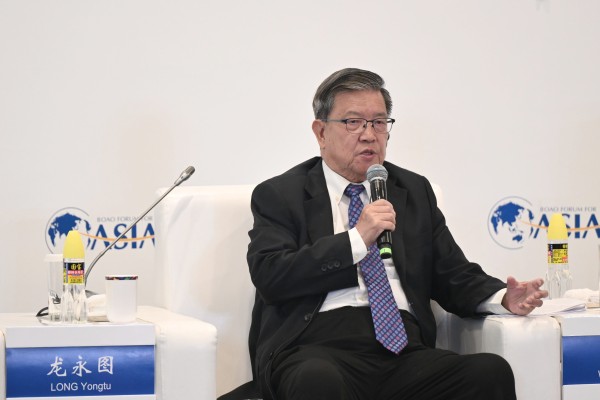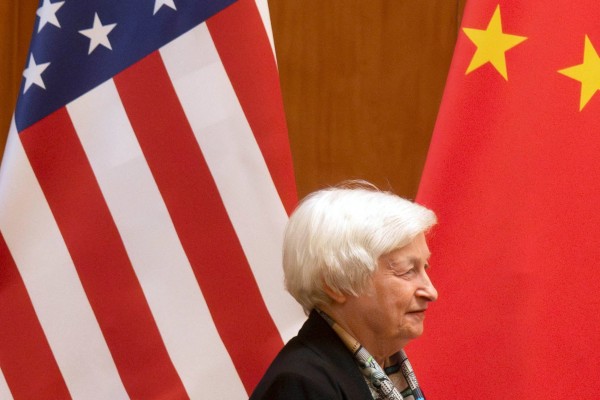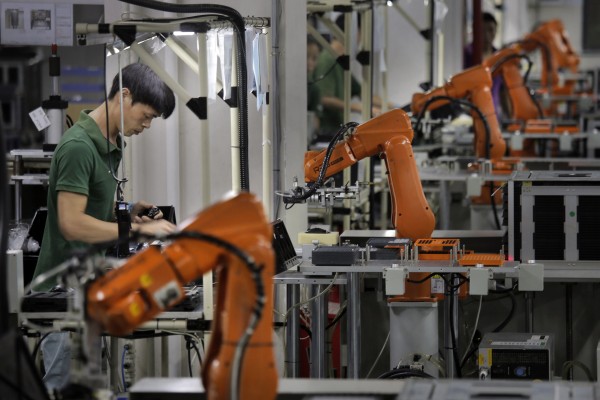US-China Trade War
Background and explainers on the trade war between China, led by President Xi Jinping, and the United States, and its President Donald Trump. Having started in July 2018, the prolonged conflict reached a turning point in January 2020 with the signing of the phase one trade deal, but not after it had weighed heavily on the global economy for 18 months due to additional import tariffs levied by both China and the US. The US has accused China of unfair trading practices, including intellectual property theft, forced technology transfer, lack of market access for American companies in China and creating an unlevel playing field through state subsidies of Chinese companies. China, meanwhile, believes the US is trying to restrict its rise as a global economic power.
